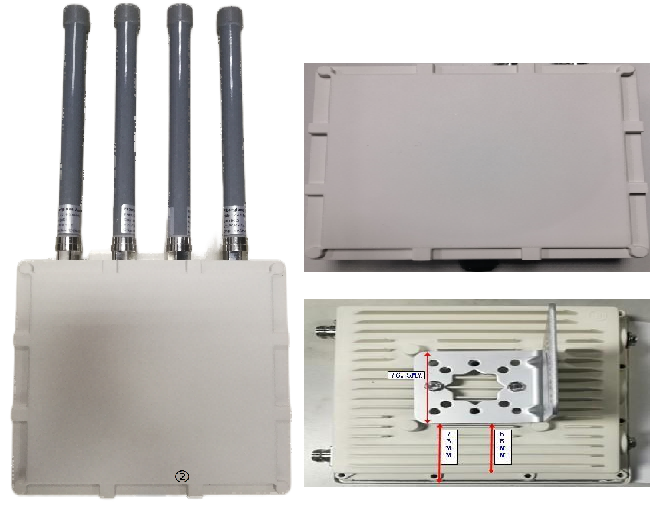Construction machinery, also known as heavy equipment or engineering vehicles, encompasses a wide range of technologically advanced equipment used in the construction industry. These machines play a crucial role in enhancing productivity, efficiency, and safety on construction sites. From the early days of simple tools to the modern era of sophisticated machinery, the evolution of construction technology has transformed the way we build structures. This article explores the various types of construction machinery, their technological advancements, and the impact they have had on the construction industry.
1. Early Tools and Machinery
The history of construction machinery dates back to ancient times when humans used basic tools like hammers, chisels, and shovels to construct buildings. As civilizations advanced, so did the tools and machinery used in construction. The invention of the wheel and the use of animals for pulling loads marked a significant milestone in construction technology. The introduction of simple machines like pulleys and levers further improved efficiency and reduced manual labor.
2. The Industrial Revolution and the Birth of Modern Construction Machinery
The Industrial Revolution in the 18th century brought about a significant shift in construction technology. Steam-powered engines and machinery revolutionized the construction industry, enabling the construction of larger structures at a faster pace. The invention of the steam shovel in the mid-19th century marked a turning point in construction machinery. It allowed for the excavation of large quantities of earth, making it possible to construct massive infrastructure projects such as canals and railways.
3. Technological Advancements in Construction Machinery
The 20th century witnessed remarkable advancements in construction machinery technology. The introduction of internal combustion engines replaced steam engines, making machines more compact, efficient, and versatile. The development of hydraulic systems enabled the creation of powerful and precise machinery, such as hydraulic excavators and cranes.
The advent of computer technology in the late 20th century further revolutionized construction machinery. Computer-aided design (CAD) software allowed for the creation of detailed 3D models, facilitating accurate planning and design. This technology also enabled the integration of GPS systems into construction machinery, enhancing precision and efficiency in tasks such as grading and excavation.
4. Types of Construction Machinery
Construction machinery encompasses a wide range of equipment, each designed for specific tasks. Some common types include:
- Excavators: These versatile machines are used for digging, trenching, and demolition. They come in various sizes and can be equipped with different attachments for specific tasks.
- Bulldozers: These powerful machines are used for pushing and leveling earth, making them ideal for site preparation and road construction.
- Cranes: Cranes are essential for lifting and moving heavy materials and equipment. They come in various types, including tower cranes, mobile cranes, and crawler cranes.
- Loaders: Loaders are used for moving materials such as soil, gravel, and debris. They are commonly used in construction, mining, and agriculture.
- Concrete Mixers: These machines are used for mixing and transporting concrete on construction sites. They ensure consistent quality and reduce manual labor.
- Pavers: Pavers are used for laying asphalt or concrete on roads, parking lots, and other surfaces. They ensure smooth and even surfaces.
5. Impact of Construction Machinery on the Industry
The advancements in construction machinery have had a profound impact on the construction industry. These machines have significantly increased productivity, allowing for faster completion of projects. They have also improved safety by reducing the need for manual labor in hazardous tasks. Construction machinery has made it possible to undertake complex projects that were previously unimaginable, such as skyscrapers and large-scale infrastructure.
Furthermore, the use of advanced technology in construction machinery has led to improved efficiency and reduced costs. The integration of GPS systems and telematics allows for real-time monitoring of equipment, optimizing fuel consumption and maintenance schedules. This not only saves time and money but also reduces the environmental impact of construction activities.
Construction machinery has come a long way from simple tools to sophisticated, technologically advanced equipment. The evolution of construction technology has revolutionized the construction industry, enabling the construction of complex structures at a faster pace and with improved safety. The future of construction machinery holds even more promise, with advancements in automation, robotics, and artificial intelligence. As technology continues to evolve, construction machinery will continue to play a vital role in shaping the future of the construction industry.

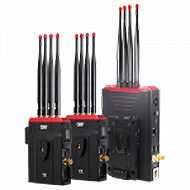 Multi-camera wireless video transmission
Multi-camera wireless video transmission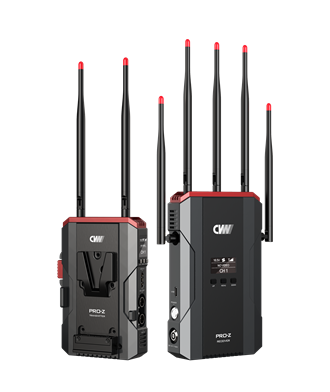 Zero Latency Wireless Video Transmission
Zero Latency Wireless Video Transmission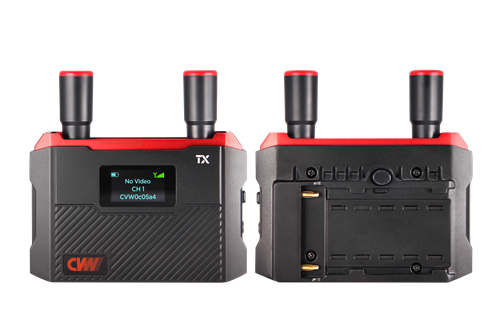
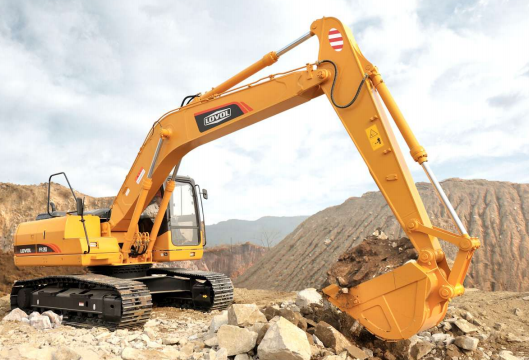 Designed for teleoperating the heavy equipment
Designed for teleoperating the heavy equipment Wireless high-speed data transmission
Wireless high-speed data transmission